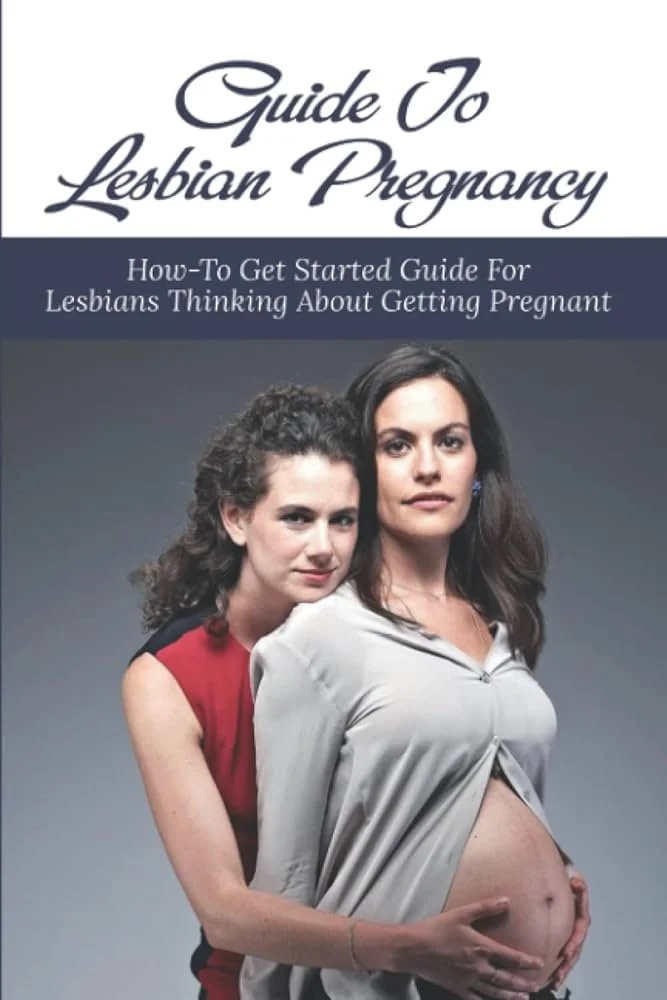Your cart is currently empty!
The Hidden Message Behind Dress Codes for Our Daughters: Your Body Makes Us Uncomfortable
Let’s dive right in with a question that stirs debate: Are leggings pants or are they tights? It’s a conundrum for the ages.
I recently dropped my daughter off at her new middle school. She’s just starting sixth grade, which means she’s at the very bottom of the social ladder. There are new locker combinations to memorize, class schedules to keep track of, and an avalanche of rules to follow. As her mother, I sometimes forget how tough middle school can be. I recall my own days as a time of rebellion—my first party, my first crush, and the music of the era that shaped me.
My daughter, however, is a sweet, shy, and artistic girl. She loves basketball shorts and T-shirts featuring her favorite movies and prefers to blend in rather than stand out. This has always concerned me to some extent, but she goes with the flow and doesn’t cause waves. I’ve worked hard to be the body-positive mom I wished I had, and so far, I think I’ve done alright.
Just a mile from the school, my phone rings. It’s her, in tears: “Mom, please bring me different clothes. I need jeans.” I don’t even get a chance to ask why.
I rush back to the school with jeans in hand, and a few pads tucked into a makeup bag, just in case. I’m uncertain about what’s happened, but I can tell whatever it is, she’s embarrassed. I want to make her feel better, to show her that being a girl doesn’t have to be a disaster.
When I reach the office, I find her waiting, and I hand her the plastic bag. We step out into the hallway, and I pull her close, letting her know I brought the pads just in case. She hurries away and asks me to wait until she’s done.
Taking a seat in the front office, the secretary says, “How embarrassing.”
“I’m not sure what happened. She’ll explain when she’s out,” I reply.
“Oh, it was her shorts. They were too short,” she says.
I wasn’t expecting that. Apparently, an eighth-grade teacher had sent her to the principal’s office. I sit there, simmering with rage but trying to stay composed. As a body-positive feminist, I’m mentally shaking my fist at the absurdity of policing girls’ bodies under the guise of a “dress code,” which really translates to “slut indicator.”
“I think it’s a bit ridiculous,” the secretary agrees. “If they have all these rules, why not just have uniforms?”
That’s not exactly the point, I think, but I get her frustration—she has a daughter too. Then she drops another bombshell: Leggings aren’t allowed either.
“That’s not in the handbook,” I protest. “I specifically read it.”
I don’t mention that I sometimes read things just to rile myself up or that I know my daughter’s shorts fall well below her fingertips. Anything shorter, and they might as well slap a warning label on her.
“Well, it’s a rule. No leggings unless a girl wears a dress or shorts on top. They’re considered tights,” she explains.
I want to ask for a withdrawal form. This school, just three days in, is already too much. I tell her I know she’s just the messenger, but I can’t wrap my head around how leggings are not considered pants. I tell her that leggings are a great equalizer; they fit everyone, regardless of size. Plus, they’re an economic equalizer—black, stretchy cotton means anyone can fit in.
She doesn’t respond.
What can she say? Middle school is often the first time girls learn that their bodies are not truly theirs; they are judged based on how others—especially boys—might react. Boys are to be protected, while girls are expected to conform. The weight of consequence? It falls squarely on the girls.
Sure, boys have their own issues, like stifling their emotions to fit the “tough guy” mold, but dress codes are not about respecting boys; they send a clear message to girls: Your body makes us uncomfortable.
I know this isn’t new information, but it’s new to the girls experiencing it, which infuriates me. My daughter—like so many others—should not have to measure her worth by how she is perceived by teachers and boys alike. On that day, it didn’t matter that she was comfortable and proud of her denim shorts; a silly rule was broken, and educators chose to teach her a lesson about conformity instead of math or language arts.
So yes, rebellion might not be such a bad thing after all.
